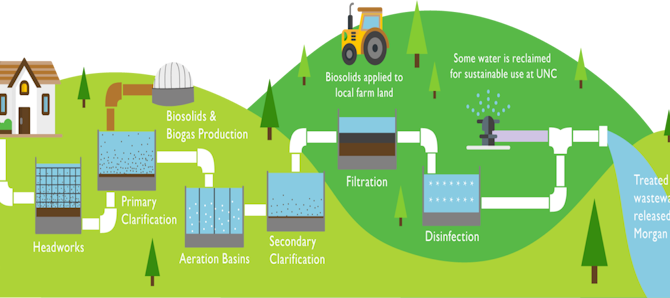Waste treatment methods
The problems posed by waste management are not only linked to tonnage, but also to processing capacities.
Business waste, whether from industry or commerce, is 90% sent to recovery channels, including 60 to 70% to recycling. As for construction waste (building and public works), it is composed of 80% inert materials, mainly mineral (concrete, stones, bricks, tiles, etc.) which are not harmful to the environment or health human and which can be reused or recycled.
The wide variety of composition of household waste (metal, cardboard, glass, plastic, paper, organic waste, electrical and electronic waste, but also hazardous waste such as batteries or chemicals) makes their collection and treatment more complex, sometimes requiring the service of dumpster rental companies.
In total, only 47% of household waste in the USA is directed towards material recovery (they become new raw materials) or organic recovery (they are transformed into compost or biogas to produce heat, electricity or fuel). In addition, there remains approximately 30% refusal after sorting and 50% after mechanical-biological treatment (TMB) of trash thrown out mixed together (gray trash).
The remaining waste, the ultimate waste which is no longer likely to be reused or recovered under current technical and economic conditions, is:
- sent to landfills to be compacted then stored in waterproof bins, dug into the ground. This method of waste treatment is unsustainable, since it does not reduce the quantity of waste. In addition, it can be a source of pollution for soil and groundwater in the event of leaks, fire or natural disaster. It also contributes to climate change because the degradation of waste releases methane into the air, the second most important greenhouse gas after CO2. The law requires landfills to be equipped with gas capture systems so that they can be used energetically (biogas), but some of these gases still escape into the atmosphere;
- or incinerated at very high temperatures in ovens. This method of treatment has the advantage of reducing the volume of waste. The energy generated by burning waste can be used for district heating or to produce electricity. Despite this recovery, incinerated waste generates solid residues (clinker), only part of which can be recycled as construction materials. Incineration fumes are also a source of air pollution (dioxins, heavy metals, etc.) and must be filtered before being released into the atmosphere. The law requires compliance with very strict emission limit values, but these fumes remain polluting and can have consequences on human health.
According to waste experts at Dumpster Rental Kannapolis NC, the preferred method of waste treatment has long been landfill (also called storage center) due to its particularly low cost. The sending of household waste to storage centers has declined steadily since 2007, going from 11.2 to 6.6 million tons in 2020.
At the same time, the material or organic recovery of household waste has continued to progress over the same period (from 12 million tons in 2007 to 18.2 million in 2020). Incineration and energy recovery are also up by 1.1 million tons.
A hierarchy of processing methods
The North Carolina 2015 directive on waste establishes a hierarchy of waste treatment methods. The first priority is prevention in order to avoid the production of waste. But when they cannot be avoided, the hierarchy consists of favoring, in order:
- preparation for reuse (reconditioning second-hand objects through inspection, cleaning or repair operations);
- recycling (waste is reprocessed, either to fulfill its initial function again, or for other functions);
- any other recovery, in particular energy recovery;
- elimination (incineration or storage), as a last resort for final waste.
